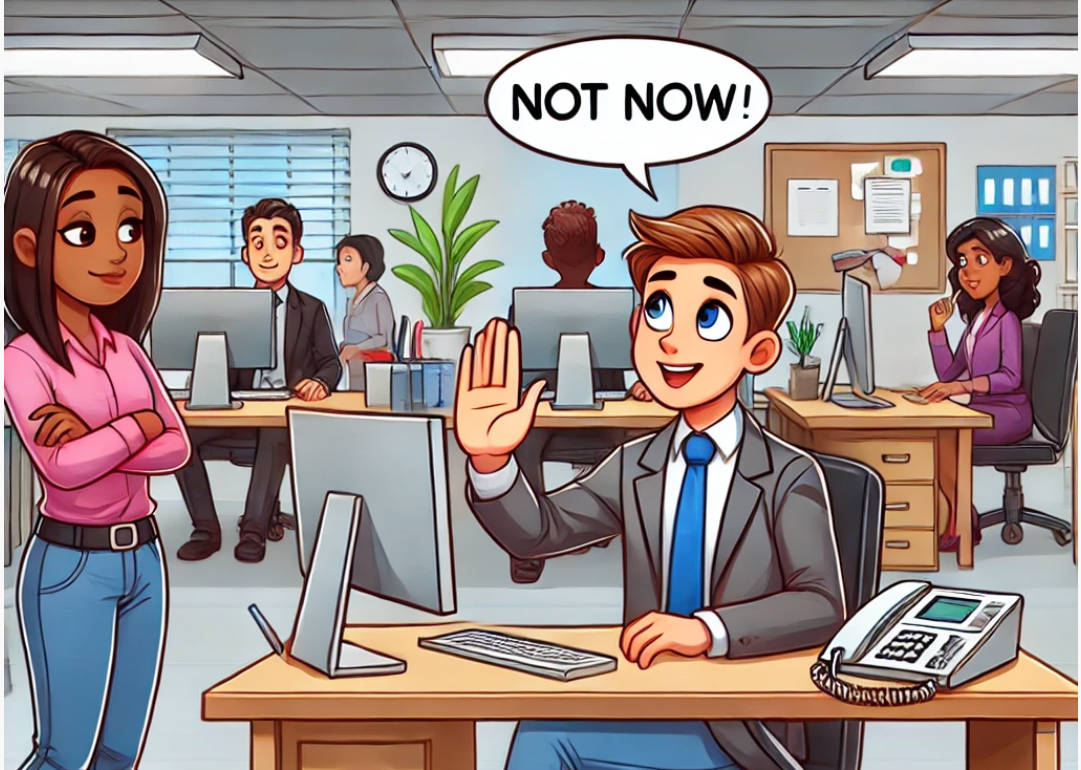One of the biggest challenges for technical writers is getting time with subject matter experts (SMEs).
They’re busy, stretched across multiple projects, and often don’t have the time—or the patience—to sit down and explain things.
Some are happy to help but just don’t have the availability.
Others see documentation as a low priority and put it off.
Some just can’t be bothered.
Either way, if you need their input, you’ve got to find a way to make it happen.
Building Rapport First
Before asking for anything, it helps to build a good working relationship.
If an SME knows you and sees you as easy to work with, they’re more likely to help when you need it.
This doesn’t mean you have to be best friends.
Just being friendly, showing appreciation, and respecting their time can go a long way.
A quick chat in a meeting, a casual comment about a shared interest, or even just saying thanks when they do help can make a difference.
Figuring Out How They Like to Communicate
Not all SMEs like to communicate the same way.
Some prefer emails so they can respond in their own time.
Others ignore emails but will respond to a Teams message in seconds.
Some are happy to jump on a quick call.
Others would rather schedule a formal meeting so they can block out time.
The key is to figure out what works for them.
If you send long emails to someone who only reads short Teams messages, you’re probably not going to get a response.
If you keep trying to set up meetings with someone who hates meetings, you’ll just get ignored.
Making It as Easy as Possible
SMEs are more likely to help if you make things easy for them.
Instead of asking them to explain everything from scratch, do some research first.
Look at existing documentation, read past emails, or even ask other team members if they can help fill in gaps.
Come prepared with specific questions instead of asking open-ended ones like “Can you explain this system?”
If they know you’ve put in effort, they’re more likely to give you their time.
Using Different Approaches
Sometimes a single approach doesn’t work, so you need to try different methods.
Send an email first.
If there’s no response, follow up with a quick Teams message.
Still nothing? Try scheduling a short call or catching them after a meeting.
Some SMEs respond better when you make the request public in a group chat or meeting.
Others prefer a one-on-one message.
It’s all about reading the situation and adapting.
Knowing When to Escalate
Sometimes, no matter what you do, an SME just won’t respond.
If the information is critical, you might need to escalate the request.
This doesn’t mean running to their boss at the first sign of trouble.
But if a project is getting delayed because an SME won’t provide information, you may need to loop in their manager or your own team lead.
A polite message along the lines of “We need this information to move forward” can sometimes be enough to get things moving.
The Bottom Line
Getting time with busy SMEs is a skill in itself.
It takes patience, people skills, and a bit of trial and error.
Building rapport, understanding how they like to communicate, and making things easy for them can go a long way.
If one approach doesn’t work, try another.
And if all else fails, knowing when to escalate is just as important as knowing when to persist.
Because at the end of the day, good documentation depends on good information, and sometimes that means finding the right way to get an SME to say “yes.”






